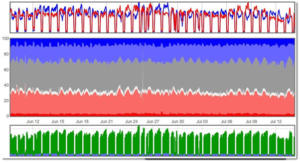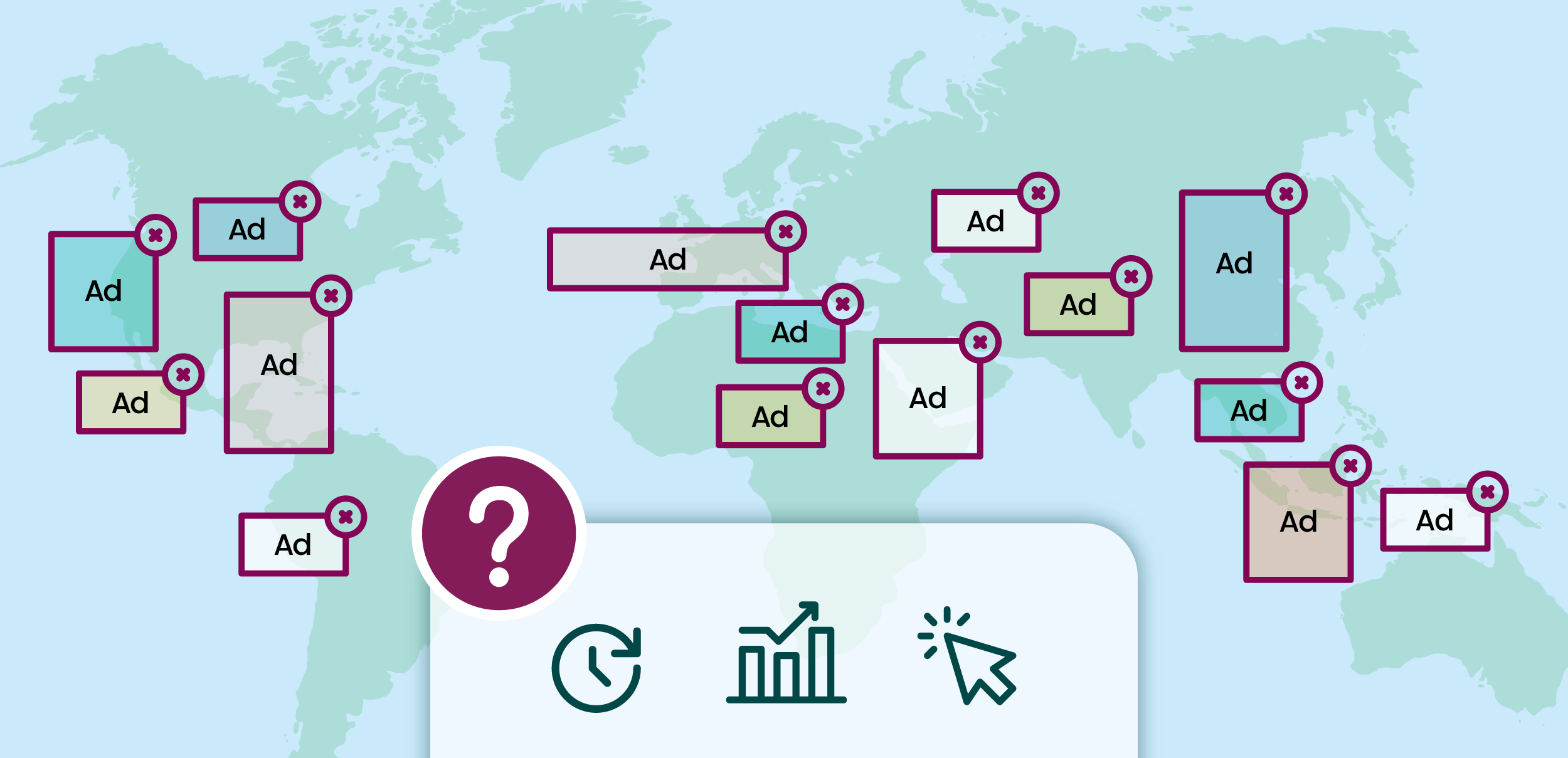Measuring Viewability and IVT? You’re being manipulated.
By Asaf Shamly | December 20, 2020

TLDR: We’ve partnered with Dr. Augustine Fou, an ad fraud expert and thought leader in the advertising industry, to show why viewability and IVT are not enough when measuring impressions. What you should be doing instead is – measuring for humans. That way, you’ll be able to quickly and efficiently increase the performance of your ad inventory.
Reality check.
If you’ve ever bought programmatic media in your life, you probably know that in a perfect world you should always strive for 100 percent viewability and 0 percent invalid traffic (IVT). It’s a pretty sound, and straightforward strategy, right? Well, that may be true – but only on paper.
In real life, things are a bit different. I can say, in full confidence, that measuring impressions solely via viewability and IVT is, at least, shortsighted and ineffective. The harsh reality is that both of these metrics can be easily manipulated by fraudsters.
Here’s what you need to consider.
IVT will only get you so far
Take a look at the chart below:

Source: Forbes
This chart details ad impressions purchased through programmatic channels. The part colored dark red (approximately 5 percent), represents confirmed bots. The part colored dark blue (approximately 10 percent) represents confirmed humans.
That means that of 100 percent of traffic, you can only be certain about roughly 15 percent of it. What do we know about the remaining 85 percent? Not enough, that’s for sure. Light red represents suspected, but unconfirmed bots, and light blue represents suspected, but unconfirmed humans. Also, you see the majority of the chart is grey – representing incomplete data which can’t be attributed to either humans or bots.
So even if you used fraud detection solutions, you’d still be significantly in the dark. These tools only measure whether impressions came from bots or not, and when they’re this vague – you’re most likely getting misleading data. You are forced to make gut feeling decisions, instead insight-based ones.
Bots are watching (but doing very little else)
Source: Giphy
According to our data, there’s very little difference in terms of viewability from both humans and bots, making viewability also a potentially misleading metric.
The only way to make sure you’re not paying for bots “viewing” your ads, is to measure for human behavior. You can do that by paying attention to the significant differences in the performance of both bots, and humans.

As you can see in the chart above, humans have double the user engagement compared to bots which, when you think about it, kinda makes sense since bots would only cause the ad impression to load, but will not actually engage with the ad or with the page. At least not in the same manner an actual human would – they’re not here for the content.
Source: Giphy
Asking the right question may be the most important part of thinking
Ok the credit doesn’t go to us on that one, It’s to the philosopher Edward de Bono. But it makes perfect sense. When you ask the right question (what should we measure) you get the most relevant answer (the correct data).
Being able to positively measure for humans will empower you with a much clearer picture of the impressions being made in your ad inventory. That means tracking things like mouse movement or page scrolling and clicks. Basically, any user interactions data that can be observed and recorded is super valuable at this point.
By tuning ad calls to behaviors that are consistent with human behavior, your ad inventory will naturally perform way better.
The best part is – obtaining this data, and putting it to good use is easier than it sounds.
For example, you could utilize Artificial Intelligence (AI) technology, like the one we provide, to leverage real-time engagement metrics.
We developed a technology that measures user behavior, both in real-time and historically, and uses that data to understand exactly how each visitor interacts with a page. Basically, we can predict where visitors will be on a page and for how long, and that helps us determine exactly which ads they will view.
Once we started tracking these user engagement metrics, we quickly concluded that humans and bots interact with pages in a very, VERY different manner. So – our technology simply refrains from creating any ad requests for users behaving like bots because, well… they’re bots.
P.S. Curious how we got the data?
For the sake of our joint study with Dr. Fou, we analyzed anonymized publisher data on user behavior, ad metrics, page/content structure, and devices. We went through 966,000 pageviews, 1,805,840 ad requests, 879,960 impressions on 15 different domains. We learned that some users that vendors market as valid (as opposed to IVT) were not behaving like humans, or were engaging in an (obviously) fraudulent way.
Latest Articles
-

We Now Know What Ad Was Served. We Still Don’t Know if it Mattered.
The IAB’s new ACIF standard brings much-needed structure to creative asset tracking in programmatic advertising. It’s a meaningful step — but knowing what was served isn’t the same as knowing if it mattered. This piece explores what ACIF fixes, what it doesn’t, and why understanding the experience of an ad is key to measuring true impact.
View Now -

When Budgets Shrink, Transparency Becomes Power
Today’s media teams aren’t just asked to drive results; they’re asked to defend them. In a market where ad budgets are under the microscope and every dollar must prove its worth, clarity and efficiency win. It’s no longer about spending more — it’s about spending smarter. The brands that can surface waste, double down on what works, and adapt in real time will be the ones that thrive in this new media economy.
View Now -

In Real-Estate and in AdTech – Location is (Almost) Everything
You can have the best ad in the world - high-performing creative, long time in view, shown to an engaged user. But if it’s squeezed between seven other ads on a cluttered page? It’s not going to land. That’s the part we don’t talk about enough. The environment. The layout. The density. The visual noise around the impression. Let’s talk about two under appreciated KPIs that shape that environment.
View Now
